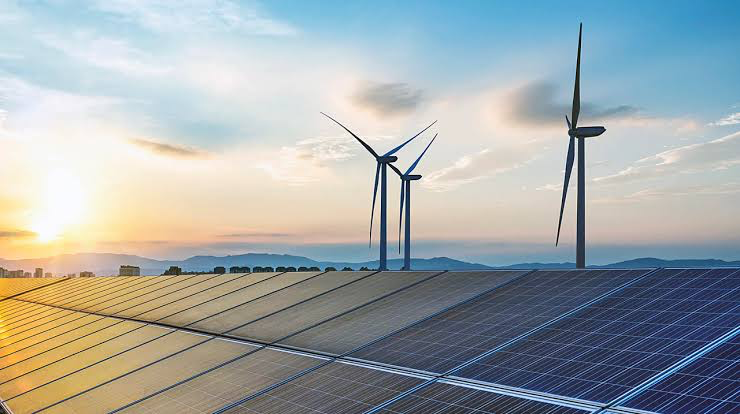KEY POINTS
- Africa’s renewable energy growth is fueled by abundant solar and wind resources, declining costs, and increased demand for sustainable energy solutions.
- Financing, grid infrastructure, and technical expertise are key hurdles to Africa’s renewable energy adoption, requiring innovative policies and international collaboration.
- Projects like Kenya’s Lake Turkana Wind Power and Morocco’s Noor-Ouarzazate Solar Complex showcase Africa’s potential for large-scale renewable energy success.
Africa stands at the crossroads of a crucial energy transition. Despite abundant natural resources, the continent faces a persistent energy access deficit, with over 600 million people still without electricity.
This challenge, paired with growing energy demand and the global shift toward sustainability, underscores the need for a renewable energy revolution in Africa.
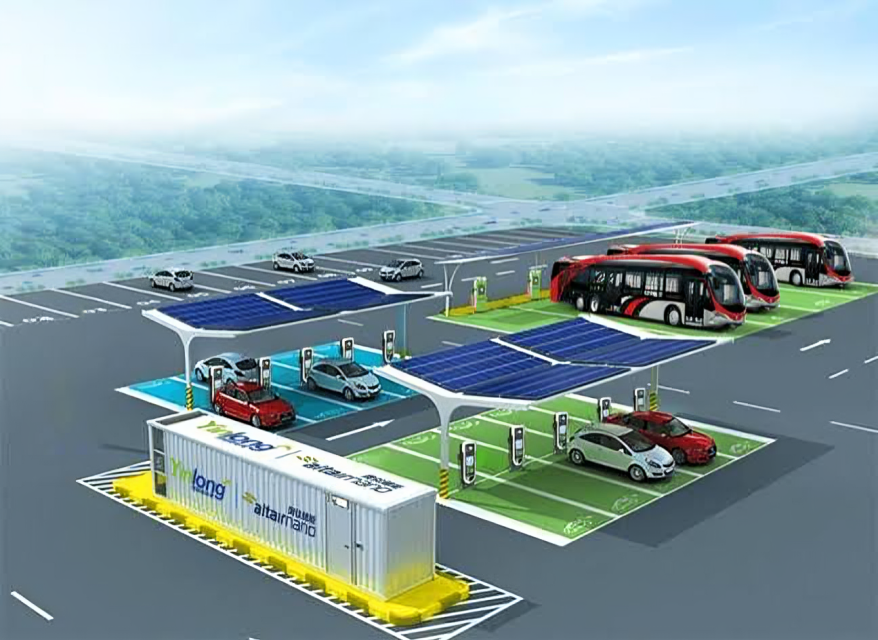
Transitioning to renewables offers not just a solution for economic growth but also environmental sustainability. With technological advancements and falling costs, Africa has a unique opportunity to leapfrog traditional fossil fuel dependency and establish itself as a global leader in clean energy development.
Opportunities for renewable energy in Africa
Africa’s immense renewable energy potential lies in its natural endowments. The continent receives some of the highest solar irradiance levels in the world, especially in regions like the Sahara.
Wind energy resources are similarly abundant, particularly in coastal and arid areas. The decreasing cost of solar panels and wind turbines makes these options increasingly viable for large-scale and decentralized systems.
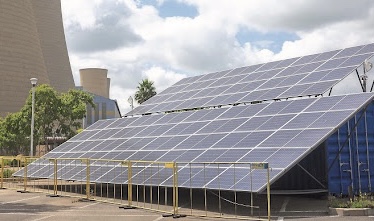
Urbanization and population growth drive a surging energy demand that renewables can meet sustainably. Decentralized solutions such as mini-grids and off-grid systems are particularly suited to Africa’s rural and semi-urban areas, bypassing the need for costly grid infrastructure.
These solutions not only provide electricity but also spur local economic development by enabling businesses and improving access to healthcare and education.
Hurdles to renewable energy adoption in Africa
Despite its potential, Africa’s renewable energy sector faces significant hurdles. Financing remains a major challenge, with renewable energy projects requiring substantial upfront investments. Many African countries struggle to attract the necessary capital due to perceived risks and limited financial markets.
Infrastructure deficits also hinder progress, with inadequate transmission grids and insufficient storage facilities making it difficult to integrate renewables into national energy systems.
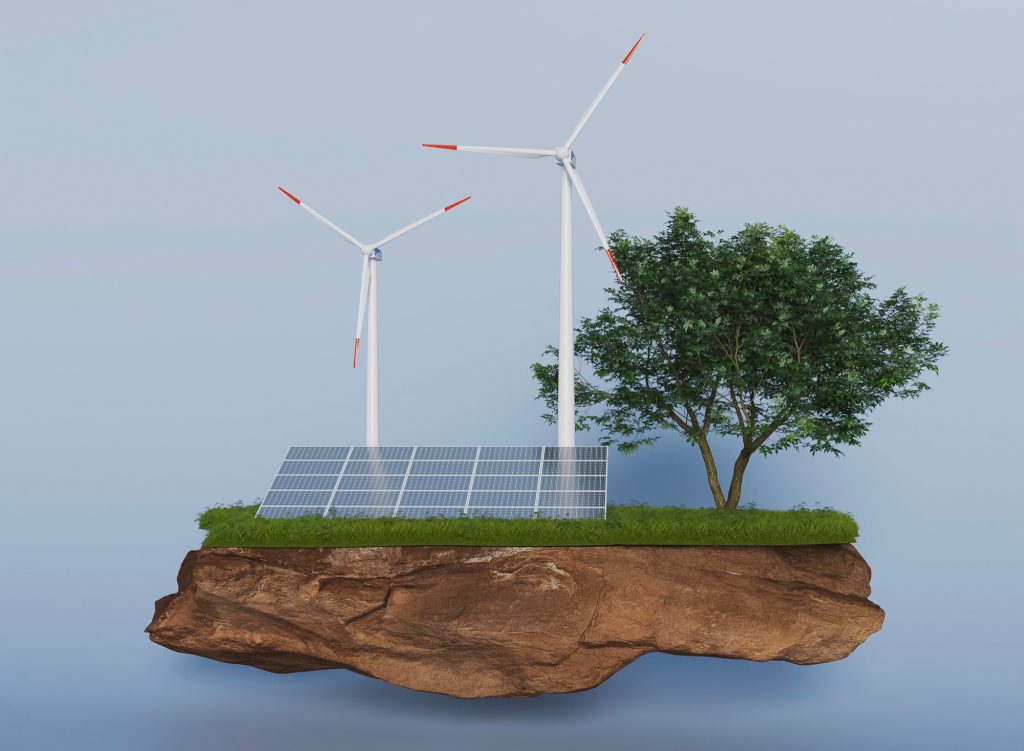
Policy frameworks in some regions remain skewed toward fossil fuels, creating a less favorable environment for clean energy investments.
Additionally, there’s a shortage of skilled labor and technical expertise to maintain and operate advanced renewable energy technologies.
Success stories
- Kenya’s Lake Turkana Wind Power project: This exemplifies Africa’s renewable energy potential. As one of the continent’s largest wind farms, it generates 310 MW of electricity, supplying nearly 15 percent of Kenya’s power needs.

This project has reduced reliance on fossil fuels and demonstrated the viability of wind energy in Africa. - South Africa’s Renewable Energy Independent Power Producer Procurement (REIPPP) program: This has attracted over $15 billion in investments, driving the development of wind and solar projects across the country.
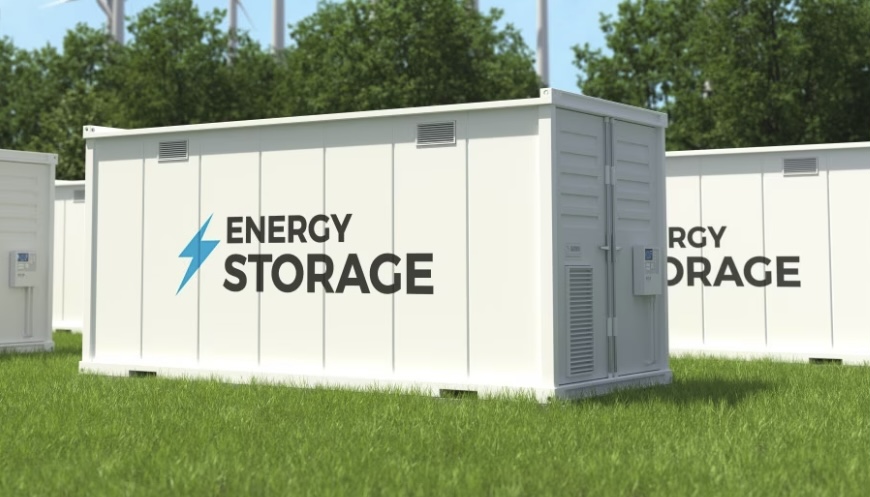
By fostering public-private partnerships, REIPPP has created jobs and significantly boosted the country’s renewable energy capacity. - Morocco’s Noor-Ouarzazate Solar Complex: This showcases the continent’s solar potential. With a capacity of over 500 MW, it is one of the world’s largest concentrated solar power plants. The project powers Moroccan households and serves as a model for integrating renewables into national grids.
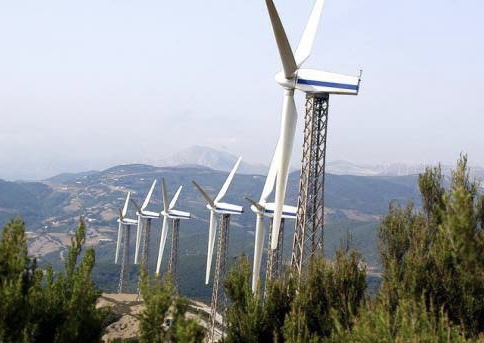
Opportunities
Africa has the chance to lead the global energy transition by capitalizing on renewables. Increased investment and innovative financing models, such as green bonds, could unlock vast opportunities. Improved policy frameworks that provide incentives for clean energy projects are essential for attracting both local and international investors.
Decentralized energy solutions like mini-grids can help address energy poverty in remote areas. Regional cooperation through initiatives like the African Continental Free Trade Area (AfCFTA) can also support cross-border energy projects and strengthen infrastructure.
Addressing climate change through renewable energy presents a dual benefit of reducing emissions and creating economic opportunities.
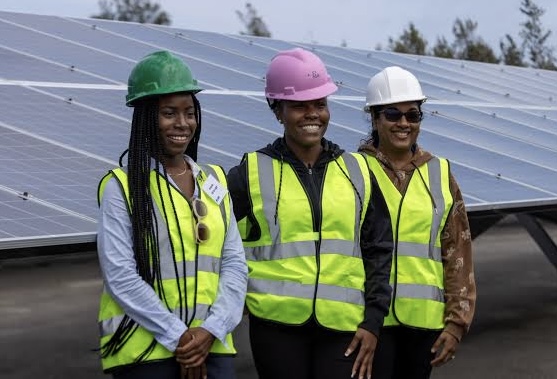
Africa’s renewable energy transition presents both immense opportunities and significant challenges. By leveraging its natural resources, attracting investments, and fostering innovation, the continent can bridge its energy access gap sustainably.
Addressing regulatory hurdles and building technical capacity will be key to ensuring a successful transition. With the right strategies, Africa can not only meet its energy needs but also position itself as a global leader in renewable energy, driving economic growth and environmental sustainability.


